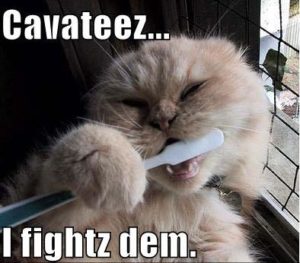
Unfortunately, dogs and cats can’t brush their own teeth. They need our help to maintain those pearly whites.
My pet just had a dental cleaning done and I’m seeing gunk on his teeth already.
Congratulations for completing the first step in dental care for your pet!
Unfortunately, the care doesn’t end there. Home care is just as important as the cleanings.
Plaque begins to develop within 24 hours, tartar within 72 hours (3 days), and gingivitis can set in again as early as 2 weeks after a cleaning.
Brushing your pet’s teeth is the best way to disrupt the bacterial biofilm that is responsible for the plaque development.
Even getting your pet accustomed to simply having your finger run across the teeth with some pet safe tooth paste is helpful. Consult your veterinarian for proper brushing technique.





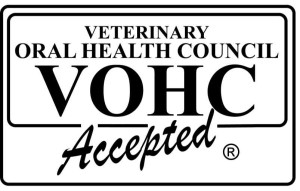
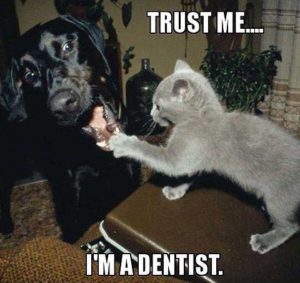
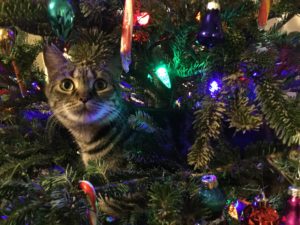
 Does your dog go nuts when outside or if it hears a noise? Maybe he just seems to have convenient hearing. Let’s go inside the minds of dogs and find out why.
Does your dog go nuts when outside or if it hears a noise? Maybe he just seems to have convenient hearing. Let’s go inside the minds of dogs and find out why.
 As Thanksgiving comes around, take time to be thankful for your pets. Sure they can be a lot of work, but the joys they bring us can be unmeasurable. They make us laugh and cry. They comfort us when we are sad and keep us company when we are alone. Sometimes they protect us and sometimes they get us in trouble with the neighbors or animal control.
As Thanksgiving comes around, take time to be thankful for your pets. Sure they can be a lot of work, but the joys they bring us can be unmeasurable. They make us laugh and cry. They comfort us when we are sad and keep us company when we are alone. Sometimes they protect us and sometimes they get us in trouble with the neighbors or animal control.

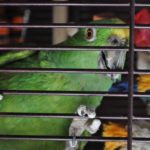
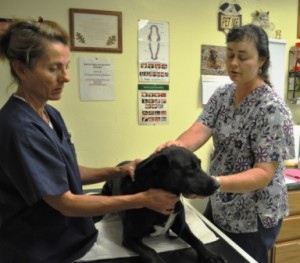
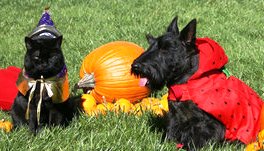

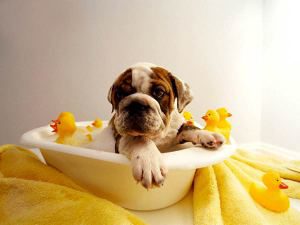 Bathing dogs with healthy skin and hair coat can interfere with the dogs natural protective oils and disturb the delicate balance of beneficial microbes that live on the pet’s skin.
Bathing dogs with healthy skin and hair coat can interfere with the dogs natural protective oils and disturb the delicate balance of beneficial microbes that live on the pet’s skin.